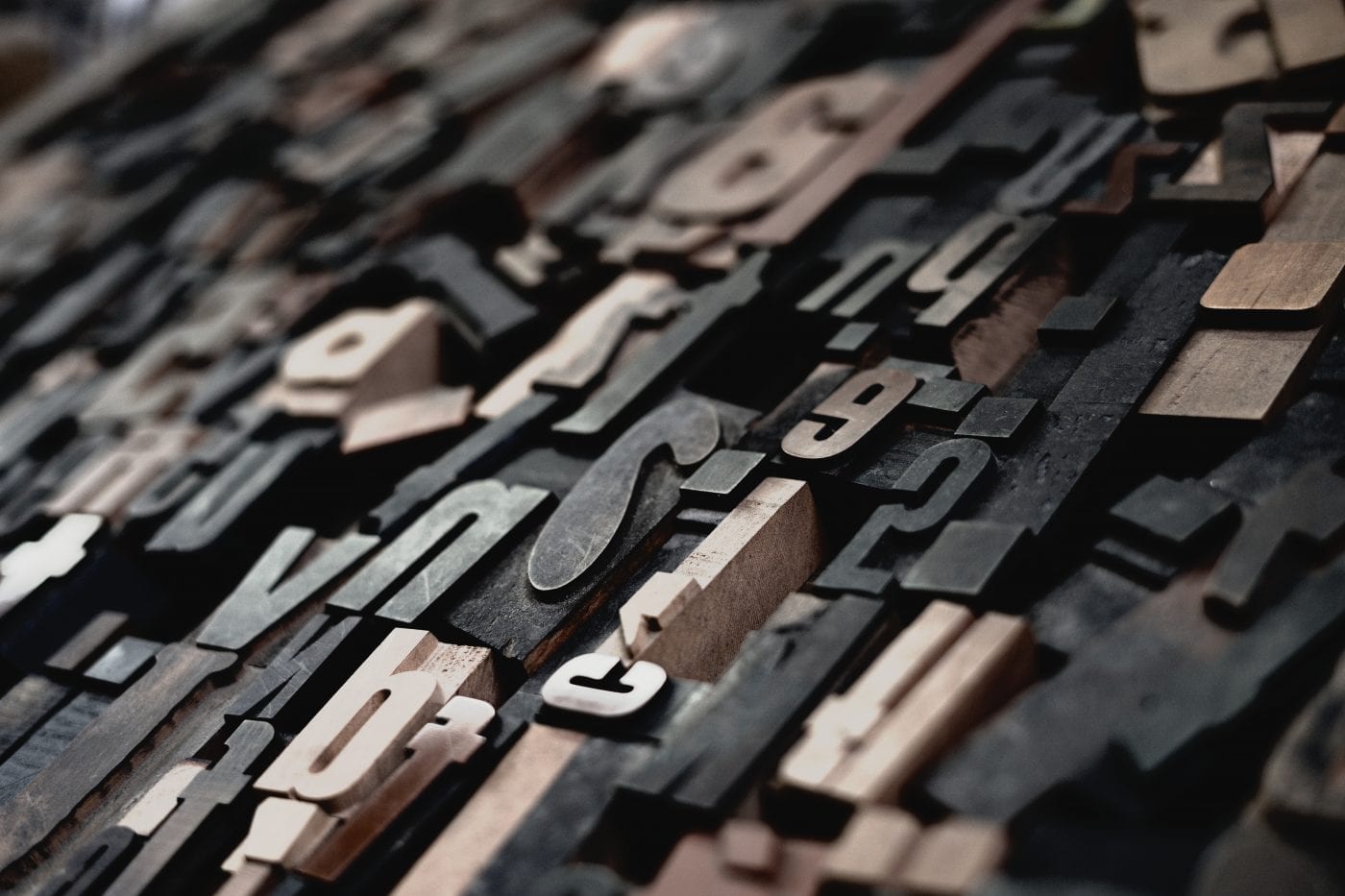Do you know the difference between an m-dash and an n-dash? What about a hyphen? Differences such as these are probably perceived by your eyes and brain on a daily basis, and they affect the nature of how you process content- but it is unlikely that you spend considerable time pondering their intricacies. When choosing a font, it is critical that you consider these factors. Every letter and curve tells its own story in beautiful art that deserves respect.


